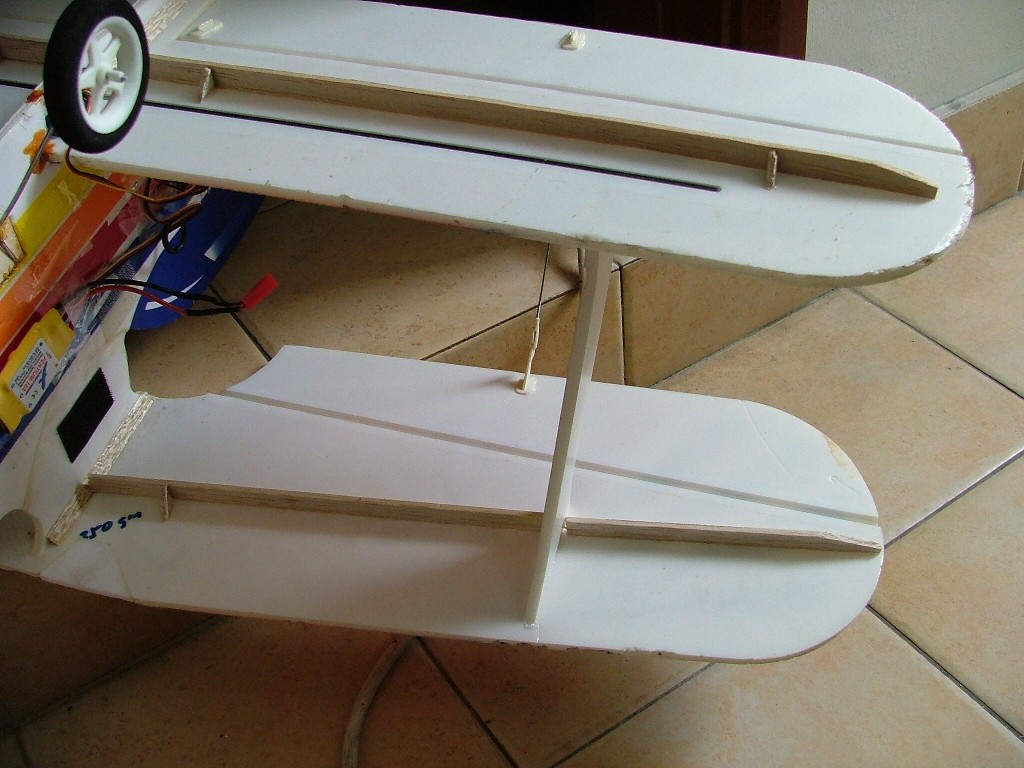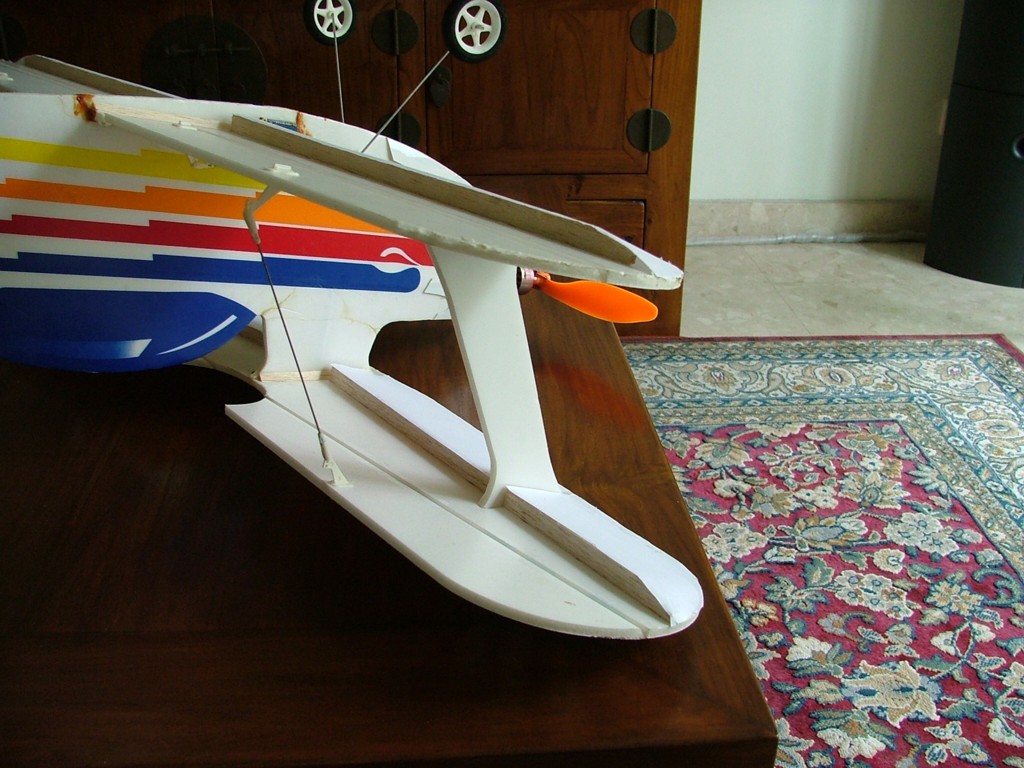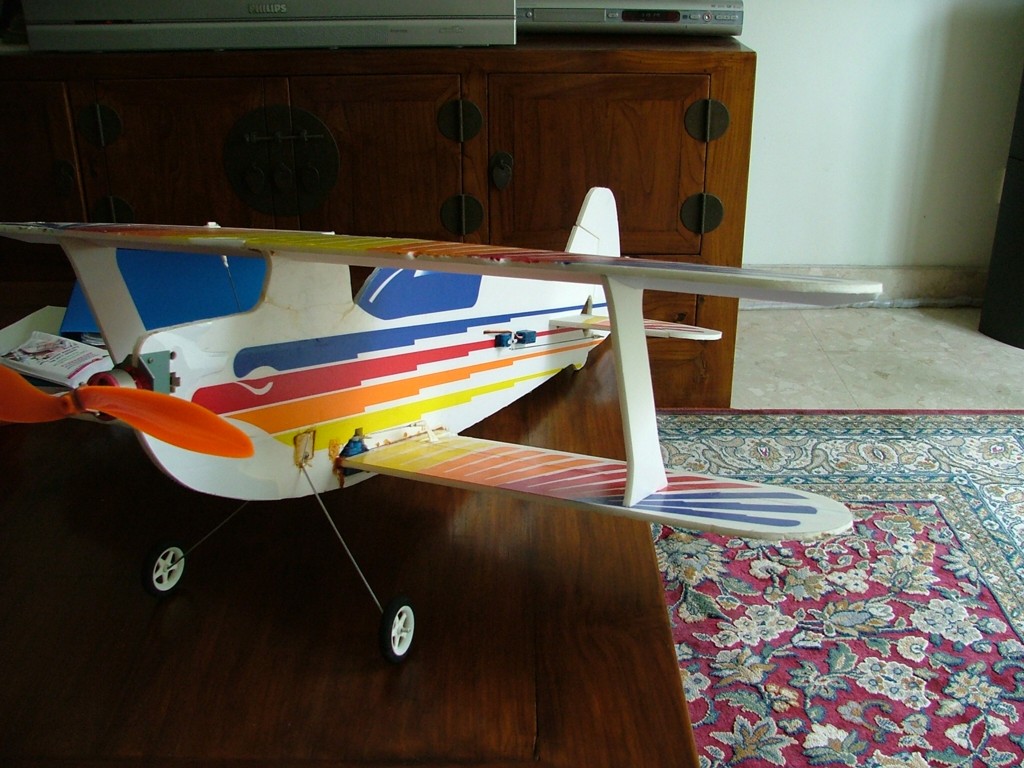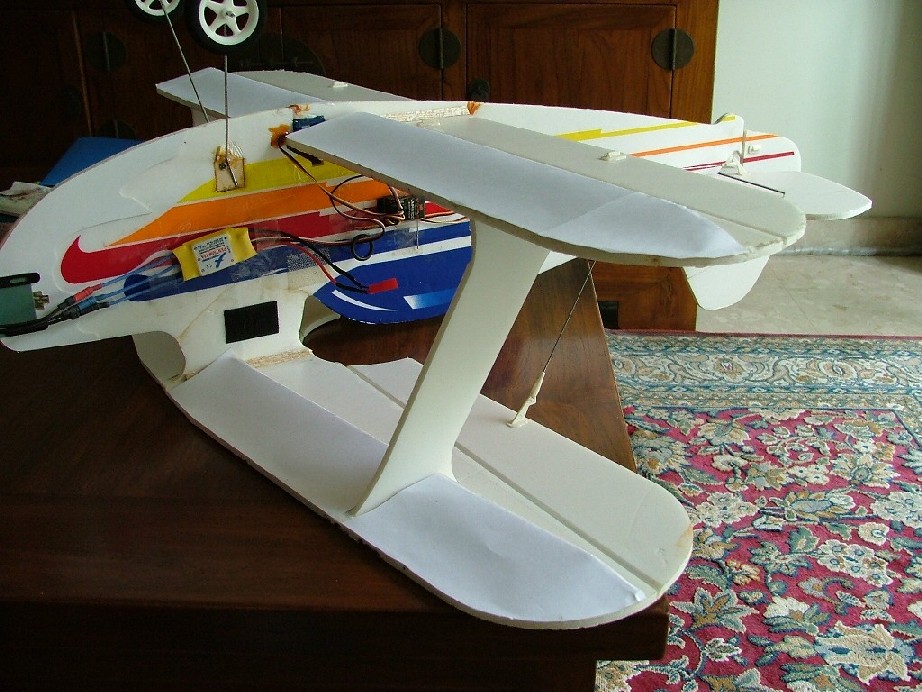I made a quick modification for my Christine Eagle.
Wing Chord = 15CM
Added Balsa strip = 11mm (~7% of 15cm) at bottom (40% of chord).
Then covered with paper to create the wedge shape.
Tested today,
Flight was not satisfied, not sure was due to my weak battery (2s1p) or wind was strong. Landed just within 1~2 minutes.
She also needs some up trim. Will shift the battery backward and try again when is less windy.




Wing Chord = 15CM
Added Balsa strip = 11mm (~7% of 15cm) at bottom (40% of chord).
Then covered with paper to create the wedge shape.
Tested today,
Flight was not satisfied, not sure was due to my weak battery (2s1p) or wind was strong. Landed just within 1~2 minutes.
She also needs some up trim. Will shift the battery backward and try again when is less windy.









Comment